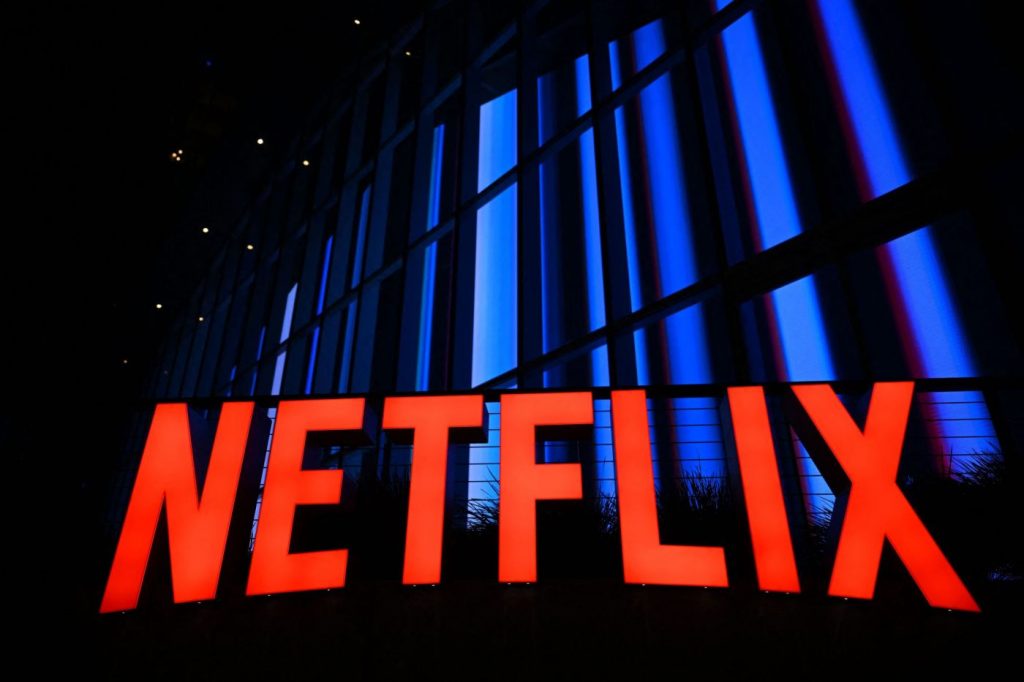By Tommy Tindall | NerdWallet
It ought to be as easy to end a paid subscription service as it is to start it, but that’s not always the case. Have you ever had to make a phone call to cancel something you signed up for online?
Related Articles
How much does DoorDash pay? I tried delivering to find out
US rents climbed 1.5 times faster than wages in last four years
7 surprising facts about credit cards
Many travel agents haven’t ever charged fees. Here’s why some of them do now
Social media money advice: Avoiding the bad, finding the good
The disincentives are by design, says Erin Witte, director of consumer protection at the Consumer Federation of America. Extra hurdles may include having to click through multiple links to find the cancellation page, make the dreaded phone call to customer support or even send a written request to end service.
Perhaps you’ve let an unused subscription linger — whether it’s for a streaming service, meditation app or the local car wash — simply because the monthly charge goes unnoticed.
A 2022 study by brand insights agency C+R research found 42% of consumers have forgotten they were still paying for a service they no longer use. The same study, based on responses from 1,000 self-reporting consumers, found that, on average, consumers underestimated what they spend on monthly subscriptions by $133.
“Automatically recurring subscription plans often capitalize on people forgetting that they signed up for something, and then making it very hard to get out,” says Witte.
A rule proposed by the Federal Trade Commission in March 2023 aims to correct burdensome cancellation tactics and help consumers remember what they’re paying for.
Called “Click to Cancel,” the rule would require companies that sell subscriptions to make canceling a service as simple as it is to sign up (e.g., if you join online, you can cancel on the same website in the same number of steps). It would also require companies to send an annual reminder to customers before automatic renewal.
The rule, which is still pending, could help consumers save money. While you wait for broad change, here are several strategies to stay on top of subscriptions.
Understand how subscriptions impact your finances
“Being aware of the problem is always the first step,” says Witte. She’s encouraged by the expanding narrative around the impact of subscription services on consumer budgets and shady ways to keep customers enrolled.
“We’ve seen a huge increase in subscription services being used by businesses, sometimes in ways that consumers don’t even necessarily meaningfully consent to,” says Witte.
A survey commissioned by the attorney general’s office of Washington state in 2022 found 59% of Washingtonians may have been unintentionally enrolled in a subscription service when they thought they made a one-time purchase.
Last June, the FTC sued Amazon for allegedly enrolling people in its Prime membership service without consent and setting up obstacles that made it difficult for members to cancel.
Witte says the burden shouldn’t fall on the consumer, but for now it’s a good idea to explore a company’s cancellation process before you sign up. You can also set a calendar reminder for the end of any trial period, so you can decide before automatic payments start.
Give yourself the chance to make a choice
“When we pay for things individually, we feel ‘the pain of paying,’” says Uma Karmarkar, associate professor at the University of California San Diego. More immediate payments, like a store purchase or a meal at a restaurant, can conjure a feeling of loss, especially when you hand over cash. But with subscriptions, you typically add your card upfront and pay passively thereafter.
Karmarkar uses the example of buying coffee out every day. Common advice is to cut out one pricey latte a week if the habit is hurting your budget. But maybe your daily latte brings you enough joy to justify the recurring purchase. The key is you get to make the choice each day to do so or not.
Maybe you can take back the power of choice by regularly reviewing your expenses.
Your credit card bill is a good place to start, and you can tally up your subscription costs in a budgeting app, spreadsheet or on a piece of scrap paper. When you see a charge from ViacomCBS streaming, it’ll remind you that you still pay for Paramount+ and don’t plan to watch the “Paw Patrol” movie again.
A regular look at your credit card transactions is also a good way to note price increases you may have missed in your email. The cost of NBC’s Peacock streaming service, for example, will increase by $2 a month starting in July.
When it’s time to cancel, consider how you signed up for the service to plot the right path. For example, if the service is linked to your Apple account, you can cancel on your iPhone.
Recognize emotional triggers
Added friction aside, you may have to deal with the trepidation that comes with ending some services.
Have you ever canceled a music streaming service, only to be reminded of everything you’ll be giving up just before you quit — playlists, unlimited skips and offline listening? The thought of cutting off unfettered access to the world’s catalog of music tracks could stop you in your tracks or stay with you until you reactivate the paid tier days later.
Then there’s the low price offer that services will dangle in front of your face to encourage an impulsive extension. “Would you like three more months at half price?”
The FTC’s “Click to cancel” rule would also require companies to ask consumers whether they want to learn about additional offers before making such pitches.
The uniform regulation could bring welcome change for consumers inundated with monthly charges.
“One thing has become very clear as the narrative around this particular issue grabs hold, and it’s that people are tired of it,” says Witte.
For now, it’s on all of us consumers to make sure we’re not spending money for nothing.
More From NerdWallet
Rent Growth Outstrips Wages in Most U.S. Metros, New Report Shows
How Much Does DoorDash Pay? I Tried Delivering to Find Out
What to Buy at the Grocery Store
The article Subscriptions Are Hard to Cancel and Easy to Forget — by Design originally appeared on NerdWallet.


